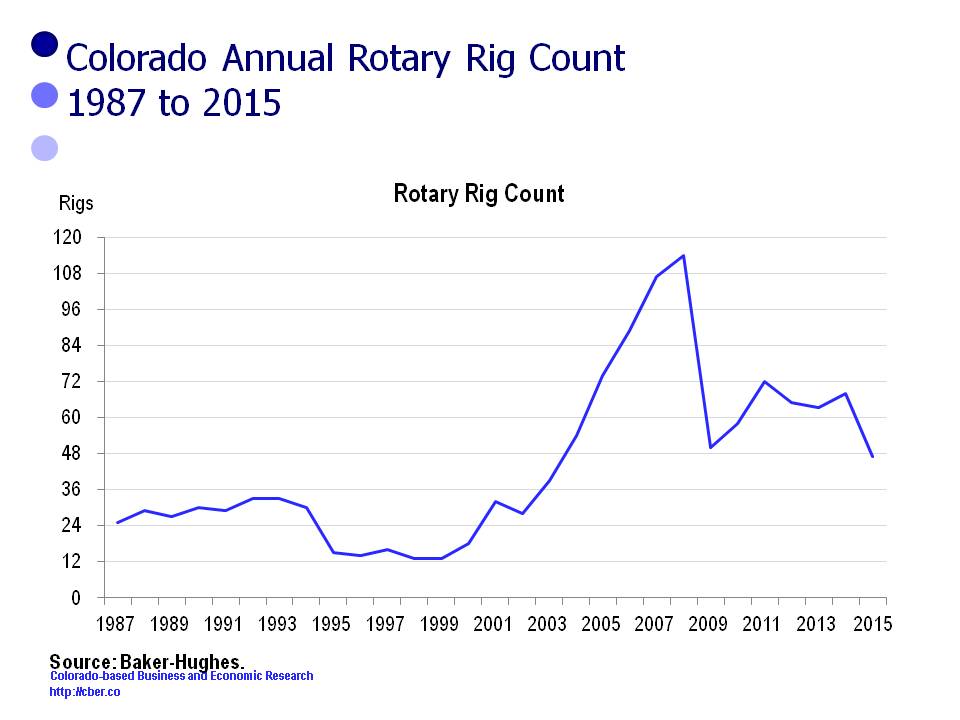Earlier this spring Dan Hawkins was replaced as CU football coach because his teams lost too many games and ticket sales began to wane. There was a perception that investments in the CU football program were not paying dividends. A change was made and public sentiment turned from outrage to support when CU leadership announced a replacement (Yes, athletics are an important part of higher education).
When are the masses that cried for the removal of Hawk going to show a similar sense of concern when investments in academic programs do not pay dividends? It only seems fair that college deans should endure the same scrutiny as Hawk when their faculty cannot conduct research or connect with content in the classroom. Shouldn’t deans be held responsible when they manage programs that are irrelevant or not cost effective?
Colorado has one of the most highly educated workforces in the country. An exceptional higher education system is essential if the state hopes to retain it.
Non-farm wage and salary data shows that there are about 66,000 employees at higher education institutions in metro and rural areas across the state (This number includes some student workers). More importantly, they are a source of training for the world’s current and future workforce. Higher education is an economic driver of the state for both reasons.
During the Lost Decade (2000 – 2010), the state’s higher education sector added 12,300 workers. Meanwhile, the private sector (non-farm wage and salary) declined by 50,100 workers.
In Boulder County, higher education employment increased by 2,700 workers. At the same time, private sector employment shed 10,600 workers.
Current wage data for the period 1999 to 2009 shows that average wages for higher education increased faster than the private sector. In 1999 average annual wages for higher education and the private sector were similar, $34,126 and $34,317 respectively. By 2009, there was a noticeable gap between the two groups, $49,610 for higher education and $46,855 for the private sector.
During this time, many businesses were forced to reduce their staffs, cut expenses, and creatively mange their businesses. In the process, the surviving companies became more efficient and productive. All the while, higher education lobbied hard for increased funding and tuition increases. As well, they embarked on the silent phase of a $1.5 billion fund raising campaign.
The question must be asked, “What dividends did Colorado receive from this increase in the number of higher education workers and their higher than average wage increases?”
Consider the value proposition of the Laboratory of Atmospheric and Space Physics (LASP) at CU-Boulder. LASP’s goal is to train the next generation of space scientists, engineers, and mission operators. LASP is the world’s only research institute to have sent instruments to all eight planets and Pluto.
Recently, they were awarded a $425 million grant to work on the MAVEN (The Mars Atmosphere and Volatile Evolution Mission). MAVEN will be launched in 2013 to learn more about the Mars climate and atmosphere. Both undergraduate and graduate students will be taught the basics in the classroom, integrated into all phases of MAVEN, and provided opportunities for on-the-job training that will be invaluable when they enter the job market.
Historically, LASP has had a strong value proposition for students, faculty, sponsors, and its private sector partners.
Also consider the value proposition of the Leeds School of Business at CU-Boulder.
About a year ago, the Denver Business Journal published the results of national rankings for 111 business schools. The DBJ listed rankings for CU, CSU, and DU.
The Leeds School can point with pride to their ranking in sustainability:
• Sustainability: CU/Leeds, 19th; CSU, 36th; DU/Daniels, 40th
The Leeds ranking in the core areas of a business education make Dan Hawkins look like an All-Star:
• Accounting: DU/Daniels, 27th; CSU, 74th; CU/Leeds, 78th.
• Ethics: DU/Daniels, 3rd; CSU, 85th; CU/Leeds, 91st.
• Financial management: DU/Daniels, 50th; CSU, 84th; CU/Leeds, 89th.
• Strategy: DU/Daniels, 55th; CSU, 82nd; CU/Leeds, 105th.
• Operations management: CSU, 45th; DU/Daniels, 57th; CU/Leeds, 109th.
• Marketing: DU/Daniels, 31st; CSU, 73rd; CU/Leeds, 111th.
If the perception exists that Leeds students are not taught the basics, does it really matter if CU/Leeds has a solid sustainability program?
A more recent ranking of MBA programs shows that Leeds provides a solid MBA experience. However, a look at the average GMAT scores suggests that a Leeds MBA falls in the third or fourth-tier.
Why haven’t previous deans and associate deans who oversaw the MBA program been held responsible for not seeking “flagship status” for a Leeds MBA.
Let’s look at the cost of producing these results for Leeds undergraduates and graduates. The faculty pecking order ranges from senior instructor to full professor (tenured), with annual salaries varying from $100,000ish to $300,000+. The directors of the various centers receive salaries in this same range. Many of the higher paid professors have minimal “real-world” experience and often teach fewer students than the lower paid instructors. The leader of the group is the dean, with at salary of $400,000+ per year.
LASP can send a satellite to Mars and incorporate students in the process and the Leeds School can claim that their marketing program is ranked 111th out of 111. It doesn’t take a rocket scientist to see that there is a difference in programs and the accountability of their leaders.
Will the Leeds dean be held accountable for improving the performance of the business school in exchange for the $1+ million he will receive for his brief layover in Boulder? (The life expectancy of a Leeds dean is about 2.5 years). What steps is he going to take to ensure that a Leeds education includes a strong foundation in the basics (marketing, accounting, strategy, operations, and ethics). What is going to be done to make the Leeds School as meaningful and relevant as LASP?
While these two examples focus on CU-Boulder, this isn’t just about them. Every institution of higher education has a number of programs and value propositions. Some are like LASP, some are like Leeds, and others are in between.
Every dean and faculty member at these institutions must be held accountable for efficiently and effectively training our country’s current future workforce.
During the Lost Decade, higher education employment increased and workers received greater wage increases than the private sector. It is now up to higher education to demonstrate and justify the dividends that have been generated because of that investment. If that dividend cannot be confirmed, then higher education has an obligation to reduce employment, eliminate programs, and seek the efficiencies that were gained by the private sector in the last two recessions.
Just as Hawk was held accountable for his team’s performance, stakeholders (state policy makers, parents, business leaders, alumni, and students) must hold higher education leaders accountable for the performance of their system. Colorado deserves a higher education system that pays greater dividends.

Large advertisement at Denver International Airport for CSU’s business school.
©Copyright 2011 by CBER.








